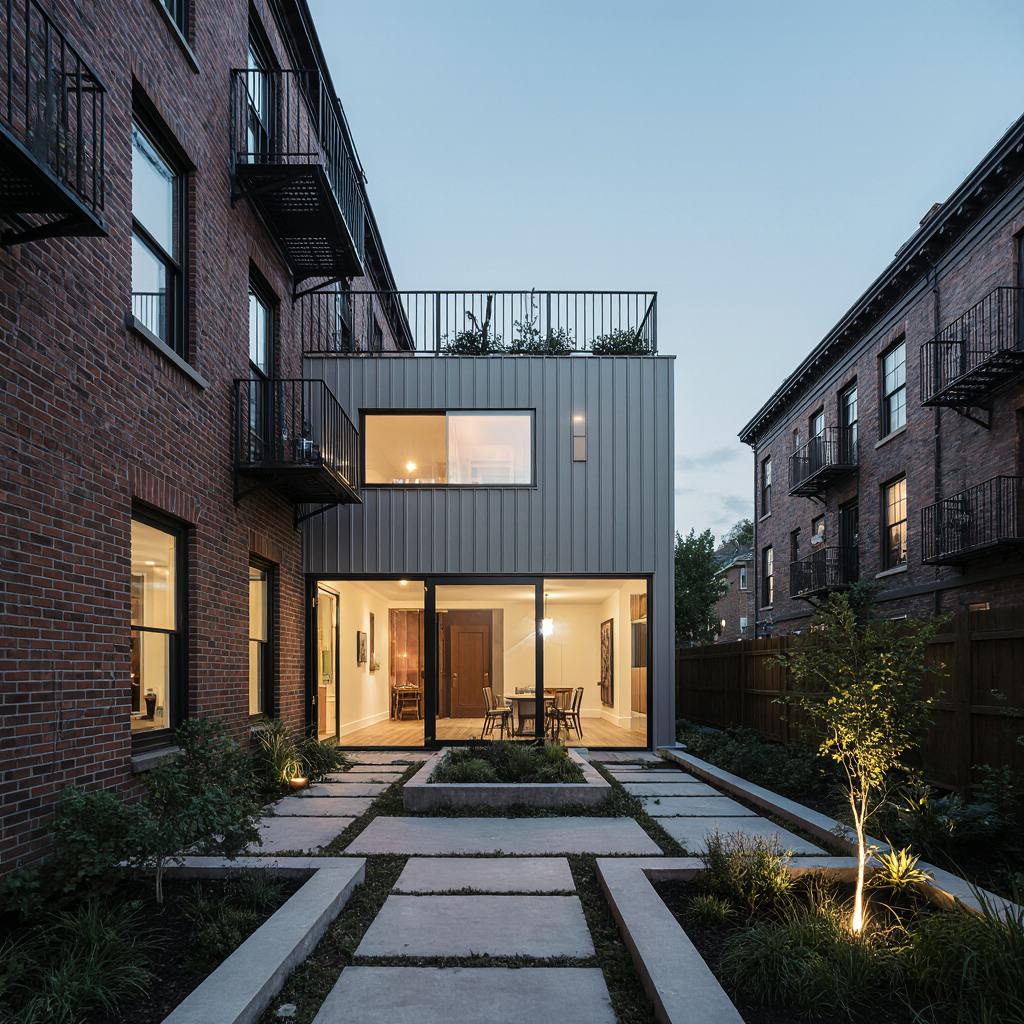Unlocking Hidden Value: ADU Eligibility in Low-Density Zones
Development Site Advisors®
Unlocking Hidden Value: ADU Eligibility in Low-Density Zones
New York City’s City of Yes for Housing Opportunity zoning initiative marks one of the most significant zoning reform efforts in decades. Designed to address the city's chronic housing shortage, the plan enables incremental density across a broader range of neighborhoods—particularly through small-scale, as-of-right development solutions. A central feature of this initiative is the formal legalization of Accessory Dwelling Units (ADUs) as a residential typology across much of the city.
What Are ADUs—and Where Are They Allowed?
Previously constrained by zoning limitations, ADUs are now being integrated into the city’s regulatory framework to offer more flexible housing options while preserving the character of lower-density areas. These modest secondary units are permitted on lots improved with one- or two-family homes and must conform to a clear set of limitations:
- Max size: 800 square feet
- Height: Up to two stories
- Yard restrictions: Must maintain 5-foot side and rear yard setbacks and occupy no more than 33% of the rear yard
- Flood zone & height compliance: Subject to existing floodplain and vertical limitations
- Zoning exclusions: Not permitted in R1A, R2A, or R3A zones, except within the Greater Transit Zone
Importantly, ADUs are meant to remain subordinate to the primary residence, and their construction does not increase the maximum allowable floor area ratio (FAR) on the lot.
A Strategic Tool for Small-Scale Density
While these changes may seem incremental, their long-term implications are anything but. For property owners and developers—especially those operating in outer-borough submarkets—ADUs unlock new, as-of-right development opportunities without the political risk or complexity of a rezoning. These units can support:
- Multigenerational living
- Rental income production
- Value-add strategies on underutilized residential lots
According to projections by the Department of City Planning, ADUs alone could enable the creation of tens of thousands of new homes over the next 10 to 15 years, helping the city meet its housing targets through a distributed, neighborhood-friendly approach.
How Development Site Advisors® Can Help
At Development Site Advisors®, we are actively advising clients on how to capitalize on this evolving policy landscape. Our in-house team of zoning analysts, architects, and financial modelers delivers detailed feasibility studies that include:
- Site eligibility assessments
- Rear yard layout and design strategies
- Cost projections and rent/value modeling
- Development management from plans to certificate of occupancy
Whether you’re an investor, long-term owner, or small-scale developer, our team provides strategic guidance at every step to help you unlock hidden value under the City of Yes reforms.
Interested in what an ADU could look like on your lot?
Contact us today for a complimentary zoning and feasibility analysis tailored to your property.

